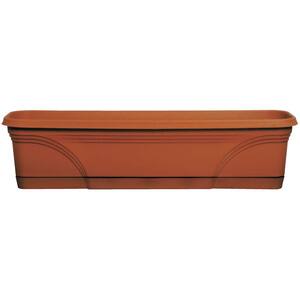Jefft
Members
Since entering this wonderful obsession we all share I have always leaned towards HOB filters preferring the AC models. I have noticed the larger gallon units many of you have and those available on CL or other markets for used tanks feature "sump unit filtration" set ups. I would love to know advantages/disadvantages of HOB vs. "sump filters"? My fears so far have been;
1.) structural integrity of a drilled tank
2.) Increased risk of undetected leaks in the down pipes thus flooding my neighbors downstairs. Leaky seals.. leaks in general.
3.) increased upkeep
Currently, I am in a 4th floor apartment so a 125 gallon is going to be about the biggest unit I can place, without "dropping in on the neighbors". Finding a unit that size or larger which has not been drilled for sump filtration is next to impossible without going new. So I would love a little discussion, pointers, debate whatever you can offer in the way of knowledge/experience offered.
1.) structural integrity of a drilled tank
2.) Increased risk of undetected leaks in the down pipes thus flooding my neighbors downstairs. Leaky seals.. leaks in general.
3.) increased upkeep
Currently, I am in a 4th floor apartment so a 125 gallon is going to be about the biggest unit I can place, without "dropping in on the neighbors". Finding a unit that size or larger which has not been drilled for sump filtration is next to impossible without going new. So I would love a little discussion, pointers, debate whatever you can offer in the way of knowledge/experience offered.



